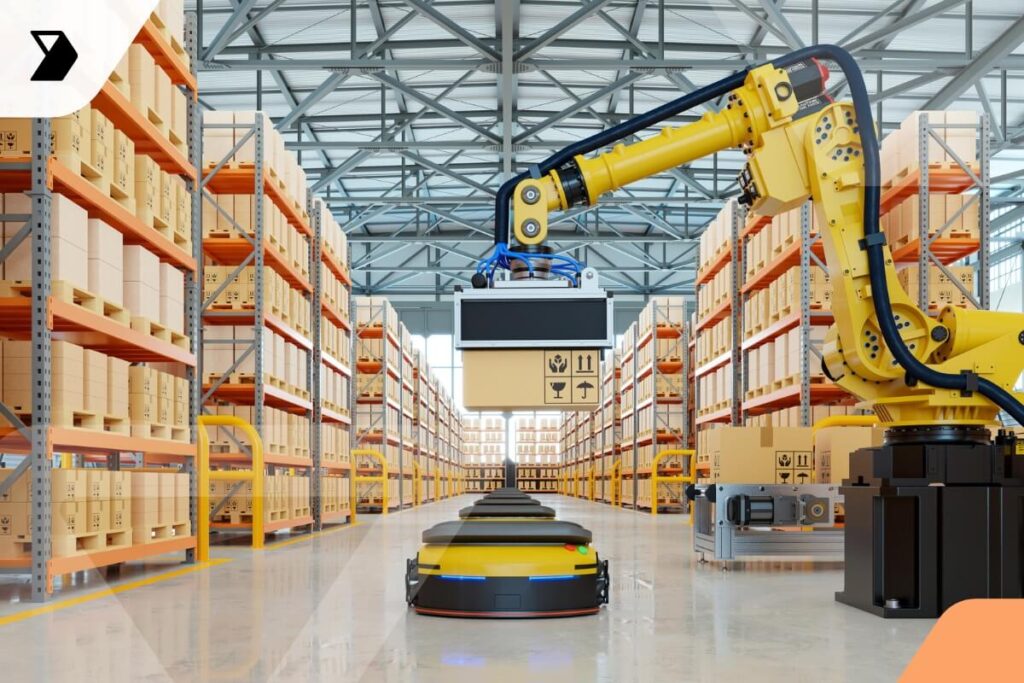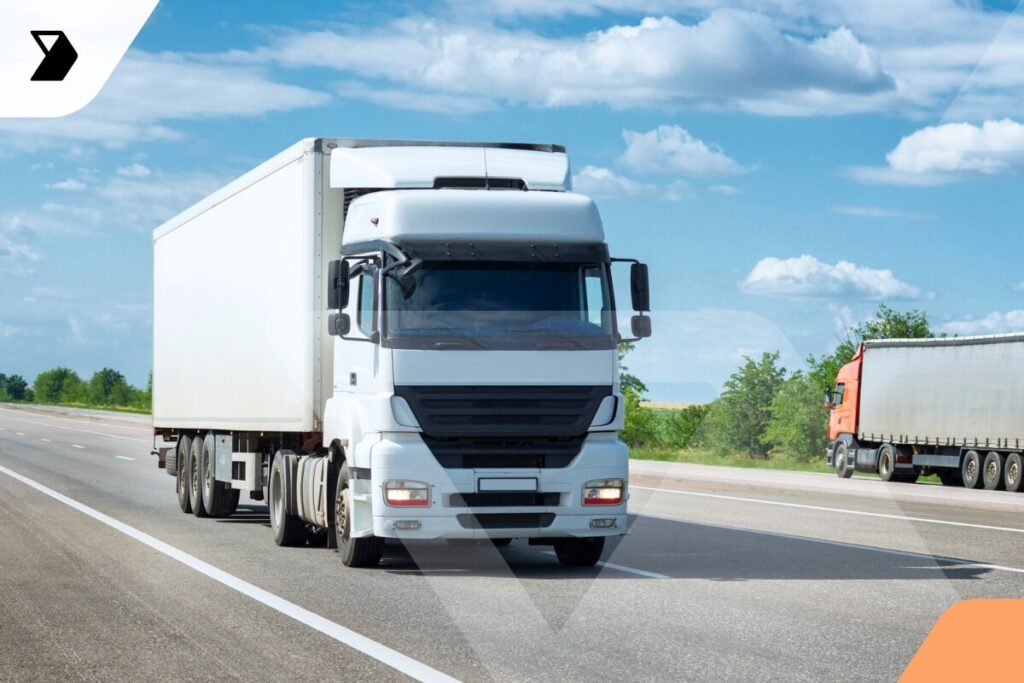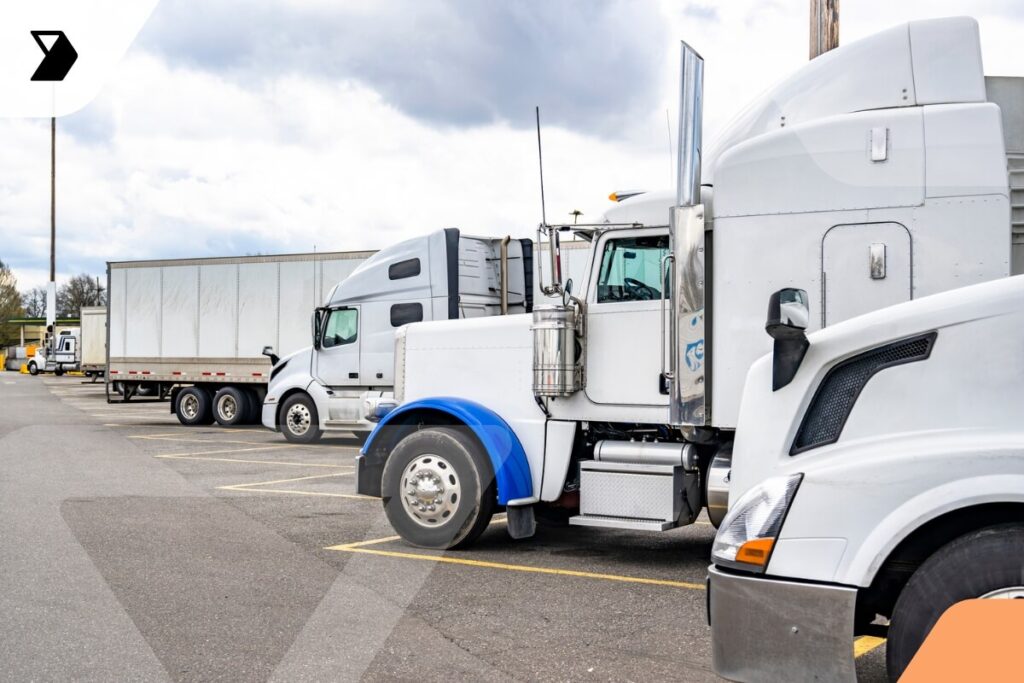What Is Transloading? Everything You Need to Know
Transloading means loading a freight shipment from one mode of transportation to another. For example, at a warehouse, you might reconsolidate or deconsolidate the freight from an ocean container to over-the-road trailers. In this article, we'll explain why transloading matters.
Ready to transform your supply chain?
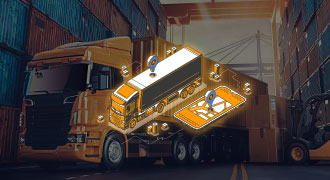
We’ll differentiate transloading from other links in the supply chain, such as cross-docking and intermodal shipping.
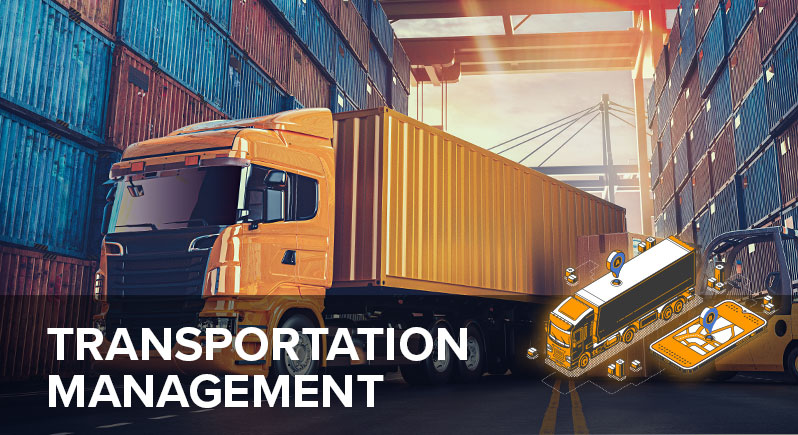
And finally, we’ll take a quick look at what Silicon Valley’s developed to improve risk mitigation for companies that use transloading. It’s always good to know about tech solutions.
Why Transloading Matters
The world marketplace is a booming bazaar. This is thanks in large part to e-commerce, cross-cultural pollination, overseas manufacturing, and ongoing technological advancements. The global supply chain hums along in the background of our everyday lives. And logistics supports our markets through a highly networked series of connections, firing like the synapses of one big, collective brain. One of these logistical synapses is transloading.
The general public is somewhat naive about the globally integrated, holistic nature of logistics. Most consumers simply order something off an e-commerce website on their phones and wait for it arrive on their doorstep. We all see that “Made in China” sticker, but from our vantage point, it all works like magic! It seems like Santa Claus delivering presents on Christmas morning!
And sure, no one wants to relive the moment they found out Santa isn’t real. But you know it’s worse to be the last kid on the playground thinking Rudolph has an LED nose. So instead, let’s just rip off the Band-Aid and get you up to speed on transloading. By the end of this article, we’ll have you tuned up on transloading like Trans-Siberian Orchestra on Christmas Eve. All aboard!
Why Is Transloading Necessary?
If we’re being honest, transloading starts with fear of missing out.
What happens is this: Our buddy down the block brags about how her 75″ TV is so huge, it’s like actually living inside a Netflix show. We all secretly missed working at the office so much during the COVID-19 quarantine that now we watch old episodes of The Office whenever we work from home. Therefore, to augment that in-real-life Office feel, we simply must jump all over a big sale on the biggest television we can find on our phones. And for our giant-TV dreams to come true, transloading is often necessary.
How To Describe Transloading, Featuring the Odyssey of One Big Television
People in a factory in Tianjin, China, manufacture our 75″ flat-screen television. Then workers box up the TV, label it, and strap it to a wooden pallet along with 10 or 15 other boxes. Someone circles the pallet about 73 times with shrink-wrap. Then that person slaps a label on it, scans it into the system, and pushes it with a forklift onto the back of a shipping container.
A truck driver takes the shipping container to the port, where workers load it (along with hundreds of other containers) on the deck of a massive ship with enough cargo space to house almost all the contents of the Empire State Building. The massive ship bobs across the ocean to a port in the United States. Personnel then scramble into activity. They scan the container that has the pallet with our enormous TV once again. Then another truck hauls the container to a warehouse three miles away.
At the U.S. warehouse, the transloading process begins. The driver checks in the load. The warehouse staff opens the container and pulls all the freight off the truck. The driver waves goodbye, and the staffers scan the barcode on every pallet. Thank heavens, our TV is in the right place.
Next, the warehouse staffers move some pallets to a staging area. Other pallets go into storage. It’s important to note that transloading warehouses can organize, store, repackage, and ship freight in a multitude of ways. Let’s look at that subject next.
What Are Deconsolidation and Reconsolidation?
Two key terms in transloading are deconsolidation and reconsolidation. In some situations, a warehouse will simply store a pallet of freight until a customer orders its contents. But warehouse workers can also break down other types of freight—like the pallet with our TV—to the individual box level.
- Deconsolidation is the process of breaking down a unit of freight into small units. Depending on the type of freight or product, warehouses can deconsolidate freight all the way down to the piece-part level. They can also store it as long as necessary until the next step.
- Reconsolidation is the opposite process. Warehouse staff combine several smaller units or pallets of freight into larger units of freight. Typically, shippers will reconsolidate freight with other freight into full truckloads headed for the same destination or region of the country.
For instance, a reconsolidated pallet might include our TV, a toaster, an Xbox, and 15 other orders with the same intermediate destination. Traditionally, the next stop will be a regional distribution center, warehouse, or local big-box store near an order’s final destination. But before we land the sleigh on the roof, bear in mind the extra services associated with transloading can come with additional fees.
Transloading Fees and Per Diems
Transloading fees cover the labor involved in deconsolidating and reconsolidating at a warehouse, loading and unloading, palletization, and time-related fees, among other things. Despite that, most companies will happily pay a transload fee to keep their supply chains moving. Why?
When transloading services are unavailable, that takes a container out of commission. And when a container sits in a warehouse yard waiting for a cross-dock, it can result in a painful detention fine known as a per diem. A typical per diem is in the $50 to $100 range. That adds up!
That said, at this point, our heroic TV is nearly home. Better go find the stud-finder. Gotta find the studs, or better yet an I-beam, so we can actually hang that monstrosity of a TV without undermining the integrity of our home’s foundation.
While you look for that, I’ll address an important distinction.
How Is Transloading Different From Intermodal Shipping?
Intermodal shipping simply means more than one mode of transport is involved in a shipment. In other words, pick at least two of these: ground, rail, sea, and air. (Every year in late December, reindeer become another subset of air freight used in intermodal shipments.) But to summarize, transloading stands at the hinge point between shipping modes.
What’s the Difference Between Transloading and Cross-Docking?
The key difference between transloading and cross-docking is the deconsolidation and storage aspects of transloading. Cross-docking exclusively involves ground transportation. In contrast, transloading bridges the gap between phases of intermodal freight.
Cross-docking means unloading freight off a truck at a warehouse, scanning it, and reconsolidating it with freight that has the same next destination before loading it onto another truck.
It’s possible that our TV experiences transloading and cross-docking at some point in its journey to our doorstep. In the final miles, our TV makes it to a distribution center. The distribution center breaks down each pallet and loads individual boxes onto delivery trucks. Then, one day surprisingly soon after we ordered it, our new TV arrives. Let the work-from-home Office party begin!
Better ask the delivery person to help you lift the TV onto the wall.
Now let’s talk about reducing the risks of transloading.
How To Mitigate Transloading Risk With a Tech Upload
Creating a more nimble supply chain means working smarter and creating more specialized facilities. Transloading is a part of that. Creative logistics adaptations, such as transloading, allow companies to streamline their supply chains and meet growing customer demand.
That said, transloading warehouses themselves must remain equally creative. There’s an element of risk involved with transloading. Let’s talk about two possible risks.
- First, anytime someone or something breaks the seal on a container, there’s the risk of theft. How many TVs happened to “walk away” before your TV arrived at your house?
- Second, all warehouses are physical environments teeming with activity and people. In the era of COVID-19, we know that mix carries an element of risk in terms of the spread of disease.
Certain tech companies like Vector can mitigate both risks. For example, the Vector app can perform the heavy lifting of quantifying freight orders and preparing electronic bills of lading. That means the same app keeps tabs on the freight and eliminates the need for drivers to check in and sign out.
E-Commerce Makes Every Day Like Christmas Day
And sure, it may dilute the impact of Christmas morning if I receive a package on my doorstep every day. But then again, so did learning that Santa was a phony!
Nevertheless, the global supply chain continues to evolve to match e-commerce trends and customer expectations. In other words, next time I get a bad case of the fear of missing out, or I feel lonesome for office life—it’ll be the global supply chain that comes to the rescue!
Ho ho ho and just keep truckin’!
This post was written by Brian Deines. Brian believes that every day is a referendum on a brand’s relevance, and he’s excited to bring that kind of thinking to the world of modern manufacturing and logistics. He deploys a full-stack of business development, sales, and marketing tools built through years of work in the logistics, packaging, and tier-1 part supply industries serving a customer base comprised of Fortune 1000 OEMs.
Continue reading
Ready to transform your supply chain?
Increase efficiency and productivity. Say goodbye to delays, handwriting errors, and time-intensive manual data entry.

